The Legends, the Lore, and the Wild Horses of the Pryor Mountains
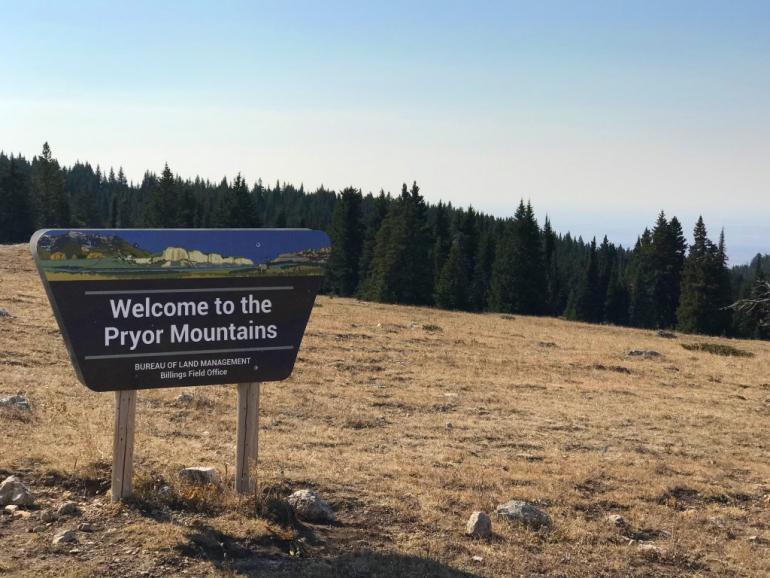
Montana is known for her majestic mountains in the west, and the dusty prairies in the east. As the beautiful craggy cliffs give way, however, the mountains taper down until they are little more than undulating hills with the occasional rocky outcropping. Here, where the west meets the east, the majesty of the immense mountains is punctuated with a small range called the Pryor Mountains.
As the mountains of western Montana are majestic, so these smaller cousins are mysterious. Tales of little people, hidden treasure, and caverns that seem to have no end all burst forth in the land where wild horses roam freely.
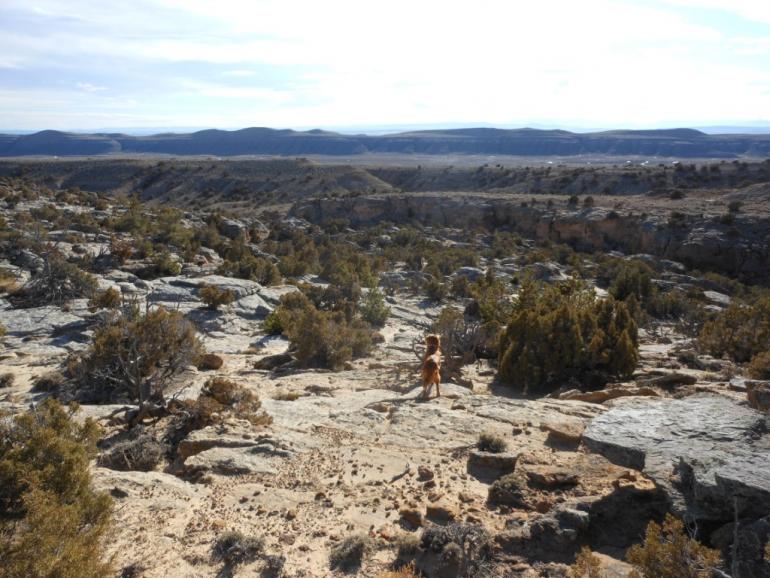
The Early Beginnings
Millions of years ago, as the Western Inland Sea drained from the area, it caused great upheavals on the earth. Mountains, like the nearby Beartooths, pushed skyward, while others, like the Pryor Mountains, remained lower and less imposing.
But that small stature is not for lack of personality. Near-desert conditions lie within just a few miles of temperate forests, all of which are perched atop a mountain largely made of limestone. When you get into the appropriate layer, fossils abound, giving evidence to what was once a thriving seabed.
Prehistoric and geologic fascinations aside, it’s the cultural significance of these mountains that have turned them into a place of mystery.
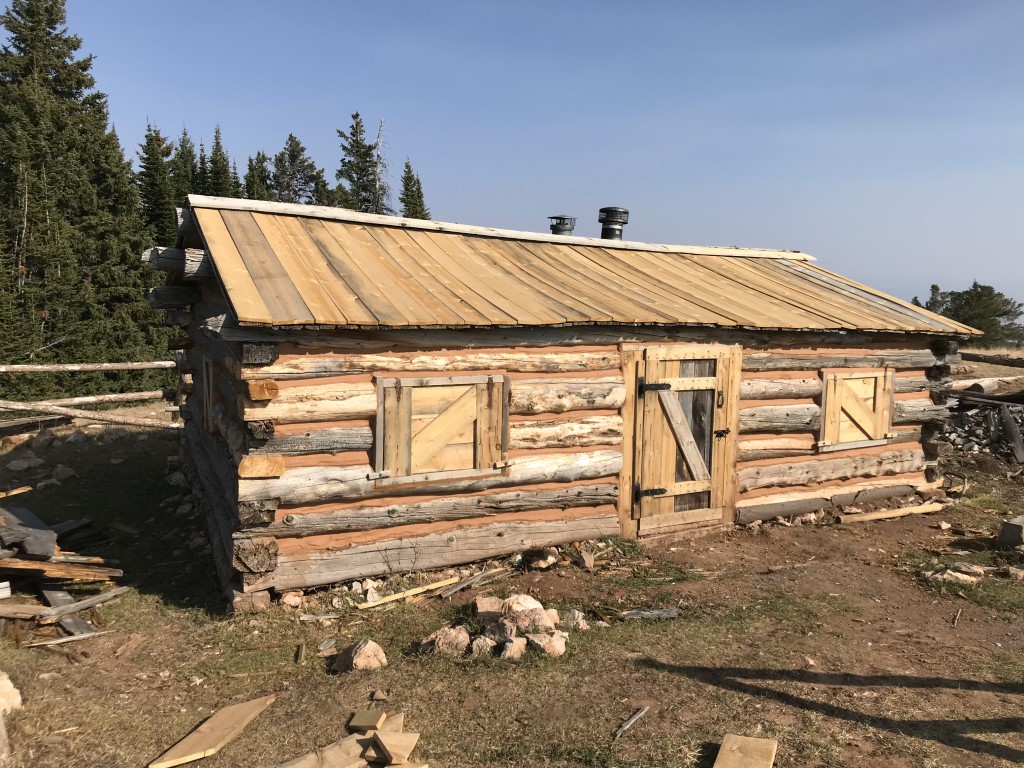 Shoot the Rock Mountains
Shoot the Rock Mountains
With the Clarks Fork of the Yellowstone to the west, and the Bighorn River to the east, the mountains are situated in the perfect spot for anyone living in the area, or merely passing through. For millennia peoples belonging to as many as thirty different native tribes have called the area “home” at some point in their history.
Throughout the mountains, from the northern temperate forests along Sage Creek, to the flat upper reaches of Big Pryor Mountain, down into the dusty and dry canyons on the south, evidence of use abounds. Pictographs and petroglyphs adorn the rocks, while stone flakes and the occasional arrowhead will surface. Aaron Big Man Brien, a Crow Tribal member and instructor of Tribal Historic Preservation at Salish Kootenai College, tells us that while it’s debated, there is even a projectile point that many believe to be unique to just these mountains.
Dotted throughout the mountain are fasting beds surrounded by small stone walls built over the years by the natives who left the rest of the tribe in order to fulfill their vow to the Creator. These individuals would promise four days of fasting if their request was granted; requests that ranged anywhere from success in wartime, to bountiful hunts, to a loved one overcoming illness. When the Creator showed his benevolence, the individual would spend their four days alone in supplication, without food or water, as a way of giving thanks for the answered prayer.
The Apsáalooke, or Crow, nation holds the mountains as sacred and in high regard, in part because of the mysterious race of “Little People” that live in the area. As legend goes, a young Crow boy was saved by a group of people that were short, no taller than eighteen inches, with no neck and incredible strength. The Little People, as they came to be called, were benevolent and sought to help, but were wary of others. Their only request for their good deeds was that those traveling through the mountains respect the land and take care of others. In return, it became tradition to shoot an arrow at Pryor Rock; the tradition that led to the Crow name for the mountain range: Shoot the Rock Mountains.
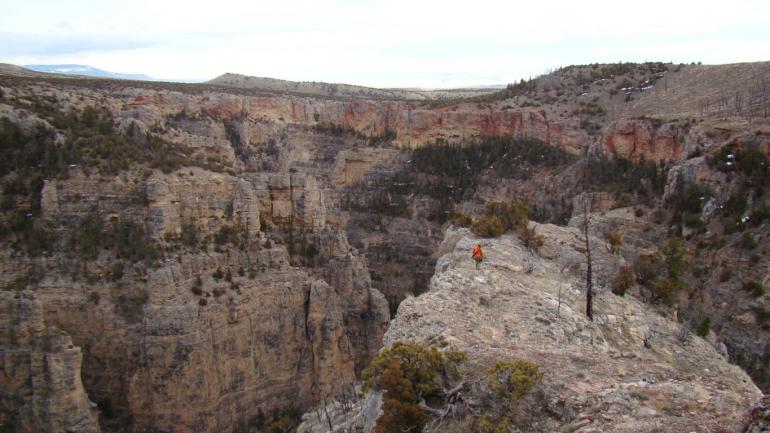
Modern Miners and Mountain Men
As modern settlers came into the area, these mountains were regarded for their natural resources, and as an escape from the towns around them. Small cabins popped up as miners and mountain men stole away to live a life away from people.
Many were just trying to make a living; others, like Frank Sykes (after whom the geologic feature Sykes Ridge is named), have a bit more legendary status surrounding them.
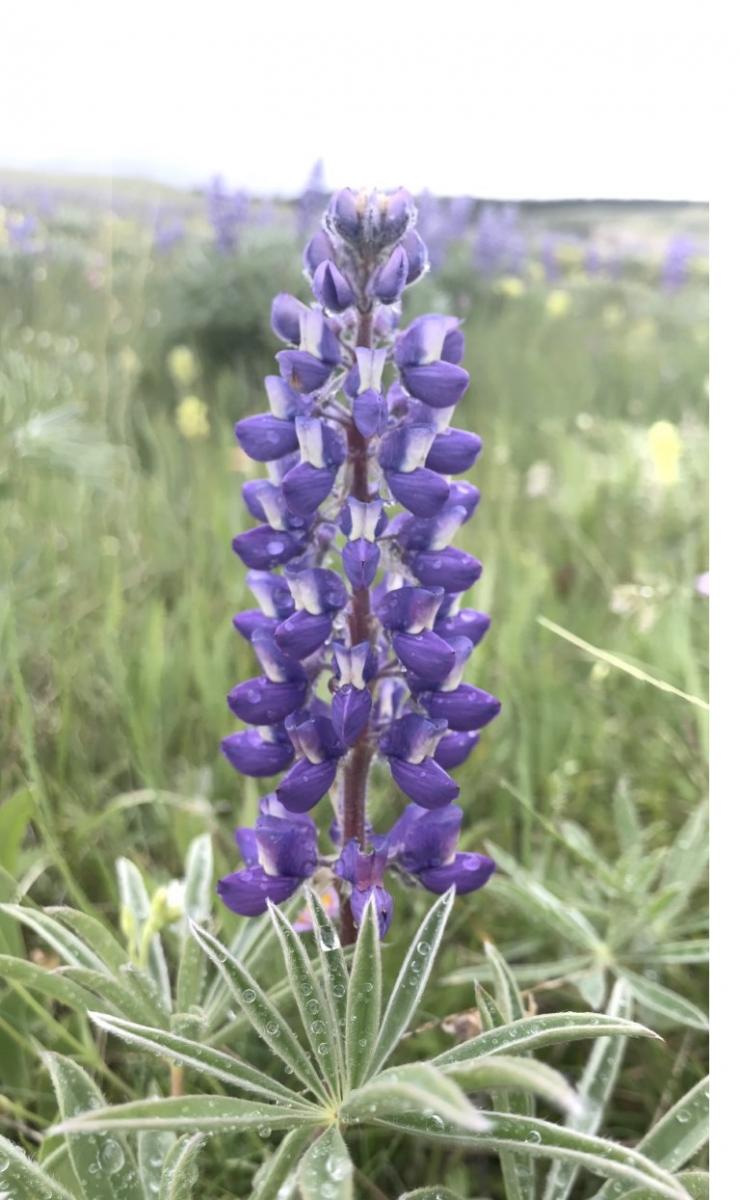 Sykes, a known recluse who emphatically insisted on keeping the public away during hide tanning day (later discovered because he tanned hides in the nude), has more stories surrounding his escapades than many others. The tallest tale is the legend of Sykes’s treasure.
Sykes, a known recluse who emphatically insisted on keeping the public away during hide tanning day (later discovered because he tanned hides in the nude), has more stories surrounding his escapades than many others. The tallest tale is the legend of Sykes’s treasure.
It’s said that the townspeople didn’t like the man. Fed up with him, they conjured up a story about how he assaulted the daughter of a prominent town official. A mob chased him back into the mountains, and decided to do away with the man once and for all. A brief shootout ensued, and Sykes retreated to his cabin. When he didn’t come out, the mob investigated, only to discover the cabin had a secret back door that led into one of the many caverns that honeycomb the rocks below.
Never to be seen again, it’s said that Sykes had amassed a treasure that he hid beneath a rock shaped like Idaho located somewhere on the mountain. Truth or legend? After more than 100 years it hasn’t been found.
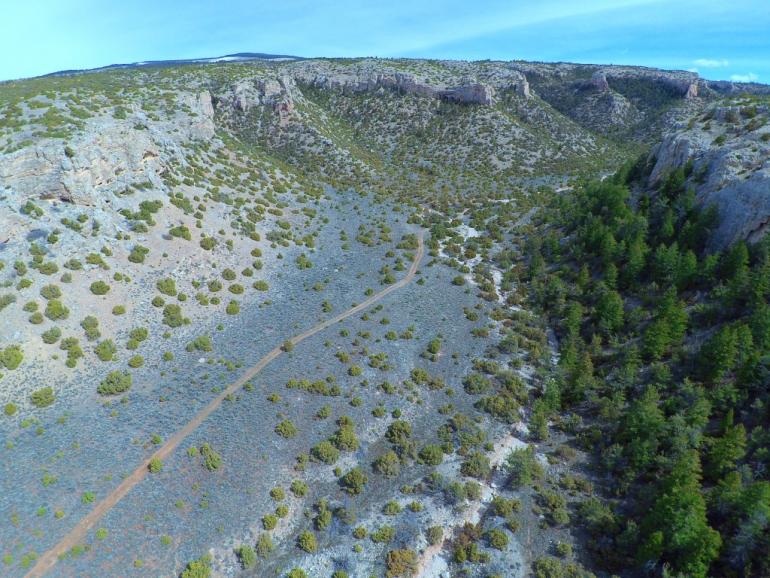
Where the Wild Horses Roam
Today, many people will rumble their way up one of the many dirt roads that crisscross the mountains on a quest to see some of the wild horses that call the area home. This small herd, numbering around 180 including the fifteen foals this year, is closely monitored by the BLM, and they have called the area home for many hundreds of years.
Around the time when cross-Atlantic travel was beginning, conquistadors came to take over the lands and steal gold and other natural resources. They brought with them Spanish horses, a beast that Cortez credits to his success in dominating the natives. Some of these horses were sold, others escaped, and eventually they managed to find their way throughout North America. When a handful of them made their way into the Pryor Mountains, they discovered they could live peacefully and without threat of humans.
For the last few centuries, the population has waxed and waned. In 1968, the Secretary of Interior Stewart Udall established laws protecting the wild mustangs in order to help them thrive and live without the worry of being hunted or slaughtered.
Today, the BLM manages this herd. When the numbers begin to rise, threatening disease and collapse, they are rounded up and auctioned to those who will provide them with loving homes.
Discover the Mysteries of the Pryors
An unimposing mountain range on the tail end of the Beartooths doesn’t look like much if you happen to drive by. There are no rocky spires, no peaks towering over the tree line, and no vast lakes teeming with fish. You could easily drive by imagining that you have seen it all from the road.
A quick trip off the paved road proves otherwise.
Vast caverns provide innumerable miles of underground passages through the limestone bedrock. Artifacts and evidence of people dating back for thousands of years grace the surfaces. Legends of hidden treasure, mysterious human-like creatures, and strange noises in the night that nobody can explain are not uncommon. The mystique goes on and on, with few answers discovered.
Instead, the more time you spend here, the more questions arise as to exactly who lived here, how was that cavern formed, and what are the Shoot the Rock Mountains all about?
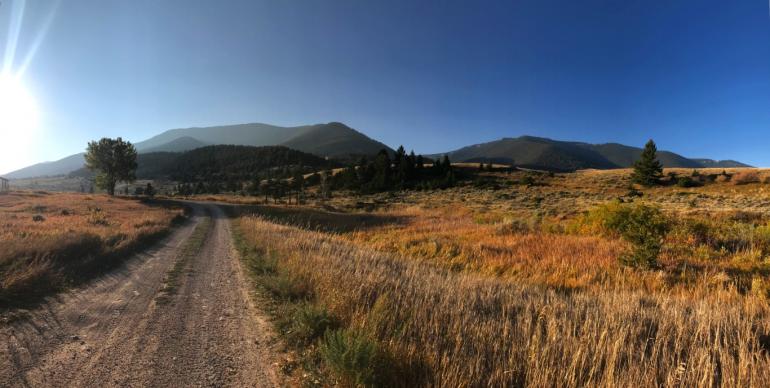

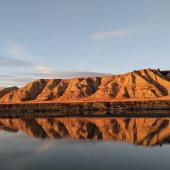



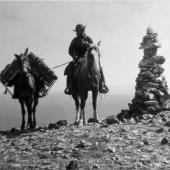






- Reply
Permalink